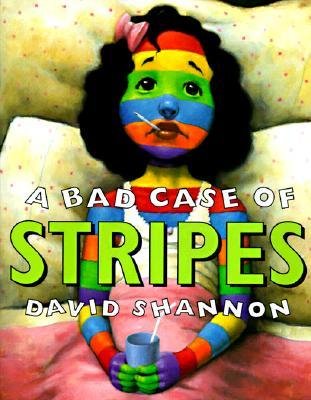 “With
technology developing at a record pace and kids mastering iPads before
they’re even out of diapers, it’s more important than ever to instill
the love of reading in our children,” writes Julie Handler, co-founder of Positively Positive:
“With
technology developing at a record pace and kids mastering iPads before
they’re even out of diapers, it’s more important than ever to instill
the love of reading in our children,” writes Julie Handler, co-founder of Positively Positive:Although it’s never too late, the importance of getting kids to develop a love for reading early on often correlates with a love for learning, a passion for lifelong reading, and so many other positive traits that ultimately lead to the empowerment needed for success.
In our home we have acquired quite the collection of literary gems — in fact, we have more books than toys. I’ve happened upon wonderful books in all kinds of random places, so I’m always on the lookout. Of course, the library is always a great option, which we frequent at least every other week — a ritual which we started before the girls could even walk. Another one of my favorite places to find amazing books is museum bookshops. You would be surprised at the treasures you may come across there.My favorite book from Handler’s list of 50 Inspiring Children’s Books with a Positive Message, is A Bad Case Of Stripes, written and illustrated by David Shannon.
Camilla Cream loves lima beans, but she never eats them. Why? Because the other kids in her school don”t like them. And Camilla Cream is very, very worried about what other people think of her. In fact, she”s so worried that she”s about to break out in… a bad case of stripes!
“On this … book’s striking dust jacket, a miserable Betty-Boop-like
girl, completely covered with bright bands of color, lies in bed with a
thermometer dangling from her mouth,” wrote one reviewer. “The
rainbow-hued victim is Camilla Cream, sent home from school after some
startling transformations: ‘when her class said the Pledge of
Allegiance, she turned red, white, and blue, and she broke out in
stars!’ Scientists and healers cannot help her, for after visits from
“an old medicine man, a guru, and even a veterinarian… she sprouted
roots and berries and crystals and feathers and a long furry tail.” The
paintings are technically superb … The doe-eyed girl changes her stripes
at anyone’s command, and only nonconformity can save her. When she
finally admits her unspeakable secret … she loves lima beans … she is
cured. Shannon (How Georgie Radbourn Saved Baseball) juggles dark humor
and an anti-peer-pressure message. As her condition worsens, Camilla
becomes monstrous, ultimately merging with the walls of her room. The
hallucinatory images are eye-popping.”
School Library Journal called it:
A highly original moral tale acquires mythic proportions when Camilla Cream worries too much about what others think of her and tries desperately to please everyone. First stripes, then stars and stripes, and finally anything anyone suggests (including tree limbs, feathers, and a tail) appear vividly all over her body. The solution: lima beans, loved by Camilla, but disdained for fear they’ll promote unpopularity with her classmates. Shannon’s exaggerated, surreal, full-color illustrations take advantage of shadow, light, and shifting perspective to show the girl’s plight. Bordered pages barely contain the energy of the artwork; close-ups emphasize the remarkable characters that inhabit the tale. Sly humor lurks in the pictures, too. For example, in one double-page spread the Creams are besieged by the media including a crew from station WCKO. Despite probing by doctors and experts, it takes “an old woman who was just as plump and sweet as a strawberry” to help Camilla discover her true colors. Set in middle-class America, this very funny tale speaks to the challenge many kids face in choosing to act independently.
Shannon’s over-the-top art is sensational, an ingenious combination
of the concrete and the fantastic that delivers more than enough punch
to make up for the somewhat heavy hand behind the story, and as usual,
his wonderfully stereotypic characters are unforgettable. The pictures
are probably enough to attract young browsers (Camilla in brilliant
stripped glory graces the jacket), and the book’s irony and wealth of
detail may even interest readers in higher grades.
Booklist said:Camilla, who loves lima beans but won’t eat them because it’s not cool, finds that deferring to others isn’t all it’s cracked up to be. In fact, her desire to please and be popular causes her some spectacular problems: she suddenly breaks out in stripes, then stars, then turns “purple polka-dotty” at the behest of a delighted classmate. Her weird mutations, which stymie doctors and send the media into a frenzy, become more and more extreme until she finally blends into the walls of her room–her lips the red-blanketed mattress on her bed, her eyes the paintings on the wall. Will she never be herself again? Shannon’s over-the-top art is sensational, an ingenious combination of the concrete and the fantastic that delivers more than enough punch to make up for the somewhat heavy hand behind the story, and as usual, his wonderfully stereotypic characters are unforgettable. The pictures are probably enough to attract young browsers (Camilla in brilliant stripped glory graces the jacket), and the book’s irony and wealth of detail may even interest readers in higher grades. Try this for leading into a discussion on being different.
No comments:
Post a Comment